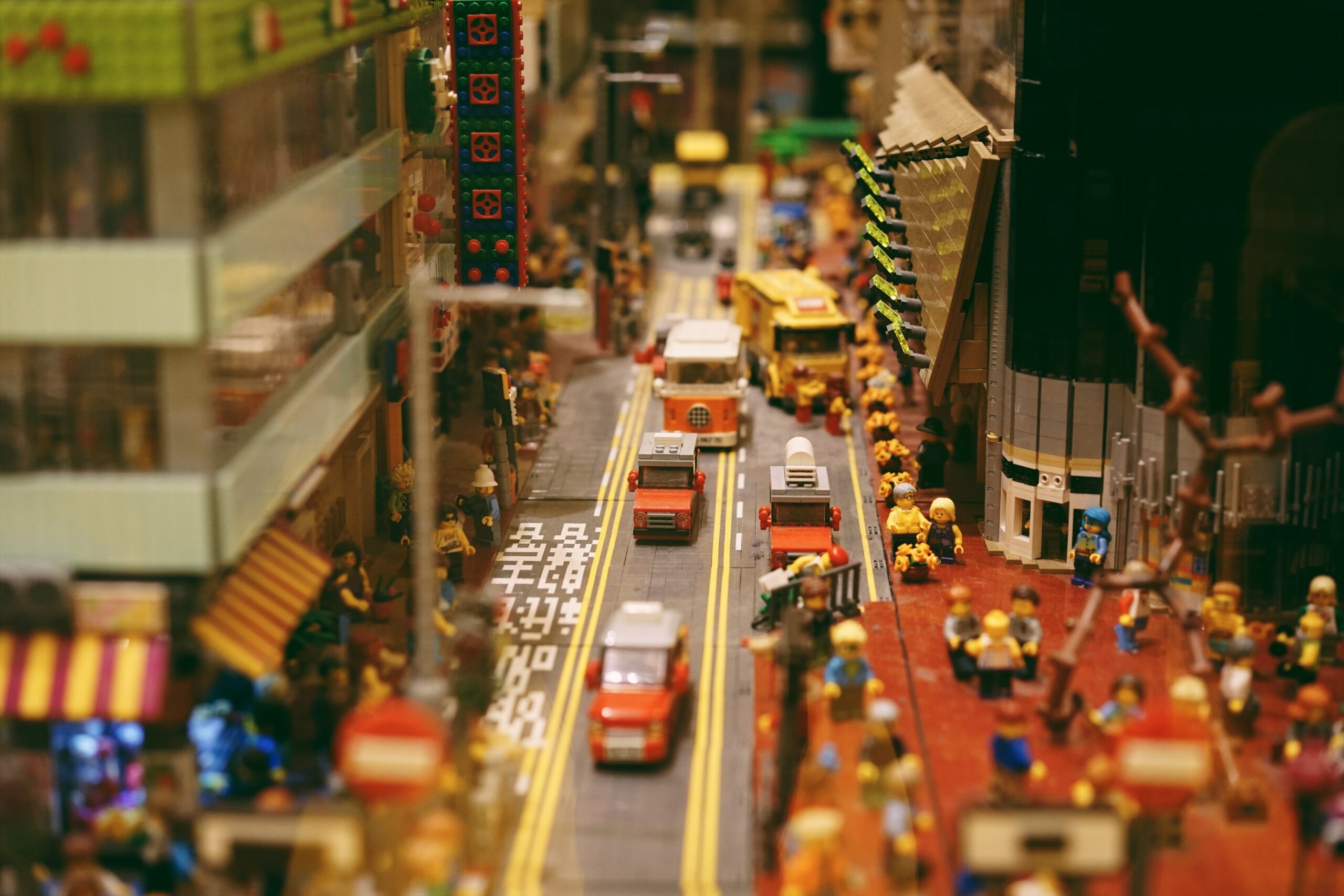Global trends force cities to handle their challenges with individual strategies and solutions. In one city, these solutions come in the form of robots, others still struggle with functioning sanitary facilities. Instead of focusing exclusively on “smart cities”, we will examine the actual measures cities take to get fit for the future.
One trend affects all cities worldwide: the influx of the population into city districts with limited space. It is predicted that by 2050, around 70 percent of the population will live in cities. The population distribution between city and country will radically change. As rent prices surge in densely populated central districts, low-income households are displaced into suburban areas or outskirts. The usage of streets and public transportation increases. Additionally, many megacities lie in close proximity of the sea, so they must also address the rising sea levels and other climate change consequences. These cities have a leading role in solving problems of the future. Let’s examine the unique challenges, strategies, and solutions of four central metropolitan cities: New York City, Mumbai, Singapore and Berlin.
New York City
Challenges
There is not enough affordable housing to handle the influx of population. Residents in the suburban areas have to endure long commutes in overflowing public transport. Additionally, the city has to provide clean water and other resources for their 8.4 million residents.
Strategies
To create affordable housing, the city is easing regulations, especially around transportation hubs (“transit growth zones”). Builders pay fees per square foot, which are directly channeled into public transportation updates. New York also aims to become a “zero waste city” before 2030 and reduce 80% of their CO2 emissions.
Solutions
Easing building regulations led to new high-rise housing that offers more living space, but is not always affordable for the low-income population. Political regulations, local initiatives, and investors are all fighting for the valuable building spaces. 51.5 billion dollars have been invested to renovate public transportation. Billions more are being spent to update infrastructure like airports, streets, pipes and flood walls, as well as switch public electricity to renewable sources.
Mumbai
Challenges
A lack of affordable housing forces 60% of the population to live in slums without running water, electricity or gas. They live in houses made of cardboard and in between mountains of trash. Sanitary facilities are rare, water is not hygienic, and sicknesses spread quickly. The city’s infrastructure is overloaded with 20 million residents, and public transportation and streets are overflowing.
Strategies
The city is planning education programs for their residents. In place of the slums, there is new, sustainable high-rise housing being built. The infrastructure is being updated as well, with a focus on sanitary facilities in particular. To reach these goals, the government is using outside help from companies and charity initiatives.
Solutions
Practical measures are being executed to make the city more liveable. More street lighting and camera surveillance are being installed for security. To quiet down chaos on the streets, the city is testing traffic lights that stay red if there’s too much honking. In place of the slums, new high-rise buildings are being built. 65 percent of them are dedicated to house the former slum residents, while 35 percent are for commercial use. Private companies are in a large part funding the 40 billion US dollar investment and relocating slum-residents in the process. New, innovative sanitary facilities are being developed by charity initiatives. The Bill and Melinda Gates Foundation introduced a toilet that also generates electricity by burning solid waste.
Singapore
Challenges
The city reports rising costs, as well as sinking innovation and growth. Due to the low birth rate, there is a shortage of workers in the aging population. Nevertheless, Singapore is known as a “model city” and has already solved many problems. Their modern skyscrapers actually amplify the tropical climate.
Strategies
To increase birth rates, the country supports young families. A cultural change is also hoped to help. As a compensation for missing workers, the focus lies on digital innovations.
Solutions
Day care and flexible working conditions support families. Because there are not enough young workers available having children is encouraged, as is the digital education of seniors. For this reason, the retirement age has been raised. Robotic and AI assistants are being built as support. The sustainability of the sewage system has also been perfected: After filtering and treating the water, solid waste is burnt and added to sand banks. To alleviate the heat, all buildings are cooled with A/C systems.
Berlin
Challenges
Rising rent prices make the housing shortage one of the most pressing problems for Berlin citizens. Around 30 percent say that they spend 30 to 40 percent of their wage on rent. Due to the rising number of citizens, the city gets crowded, the public transport system als well as the transport infrastructure reach their limits.
Strategies
In order to meet these challenges, Berlin pursues different strategies.
Berlin focuses on the development of selected transformation areas throughout the city. In these 10 predefined areas, the city development takes place with different measures. Besides an urban development concept for 2030 (“Stadtentwicklungskonzept 2030“), a Smart City Strategy evolved, dealing with the targeted usage of digital tools for the city’s development. Additionally, politics intervenes in the processes of the market economy on the housing market. For the mobility sector, Berlin focuses on a “transport transition” (Verkehrswende) with a special mobility law.
Solutions
To ease the tensions on the housing market, affordable housing is being maintained and extended throughout the transformation areas. Additionally, Berlin bans rent increases to prevent increasing housing costs.
To approach the transport transition, Berlin supports bicycle traffic. In order to implement a smart mobility, Berlin refers to Sharing Economy options and the usage of electric mobility.





